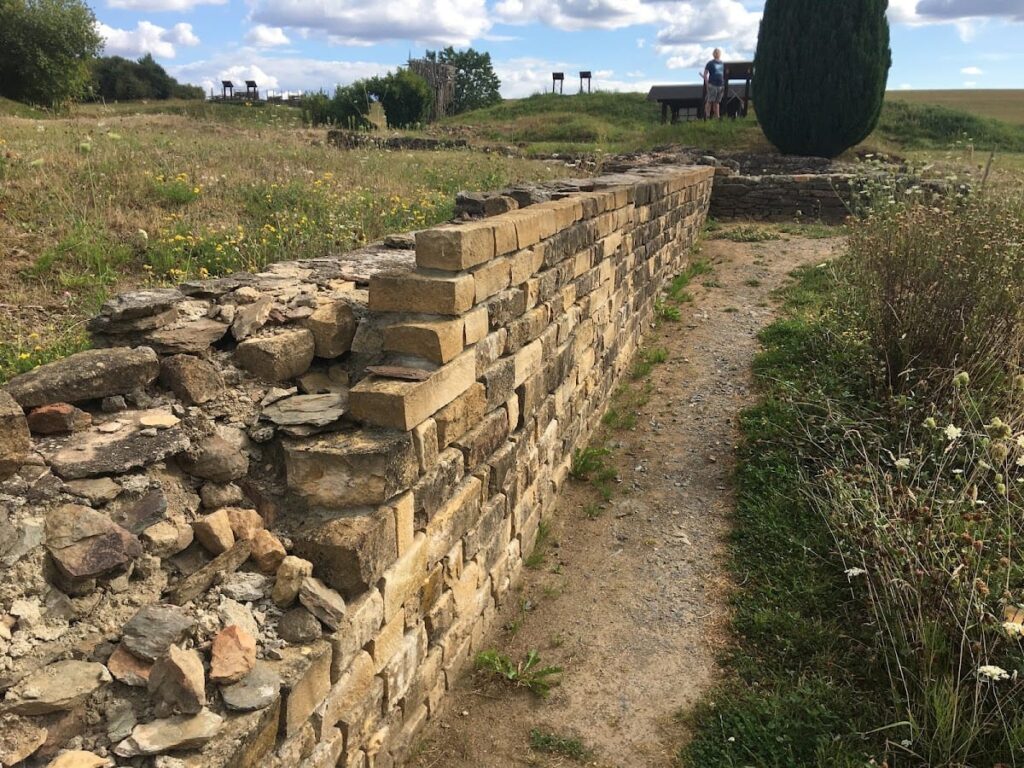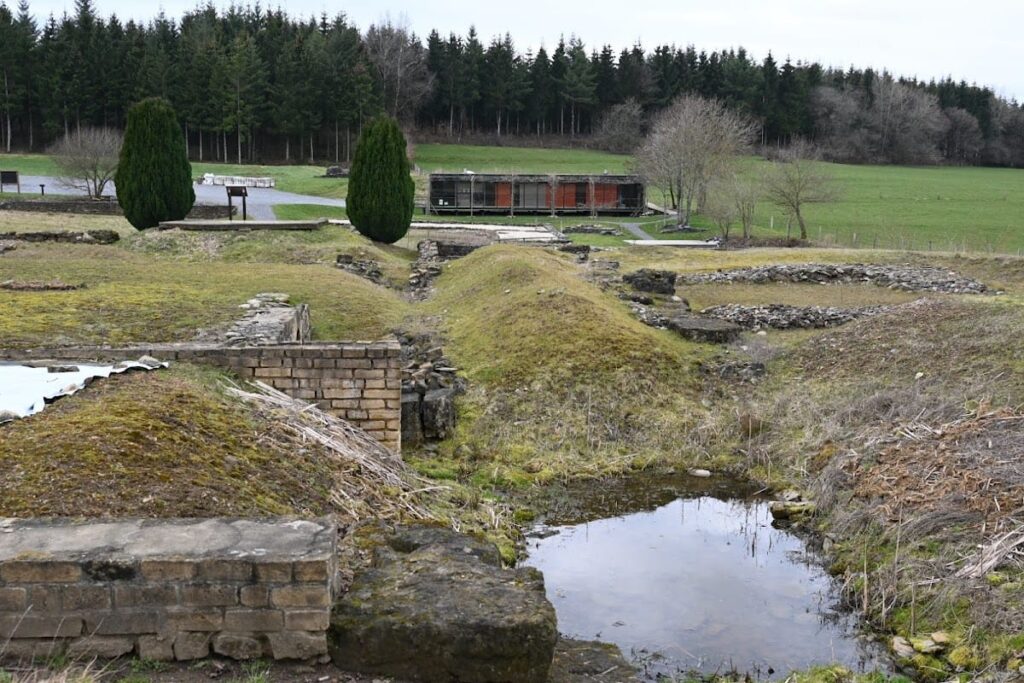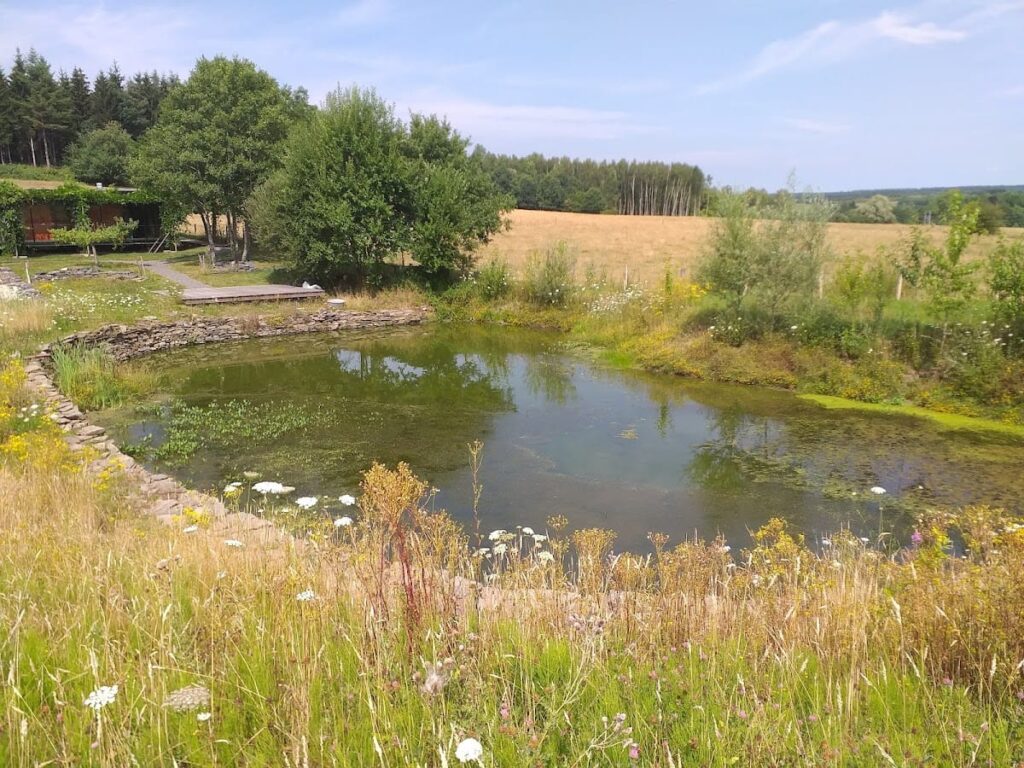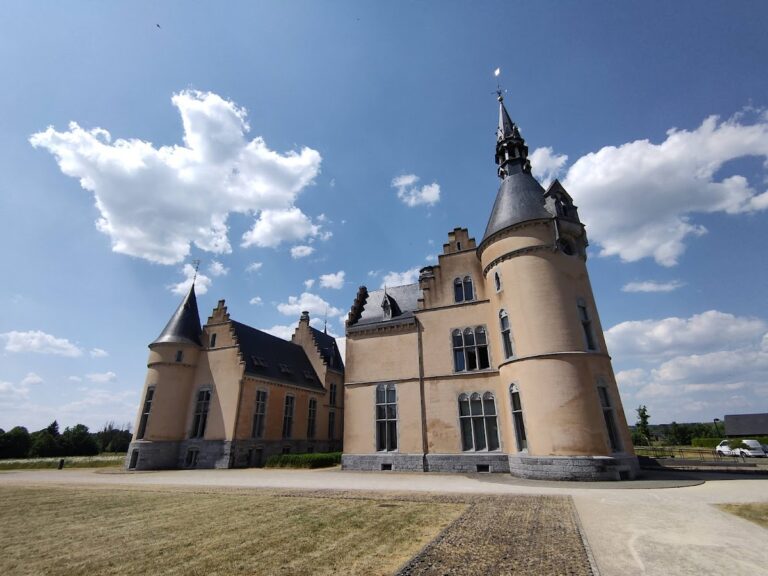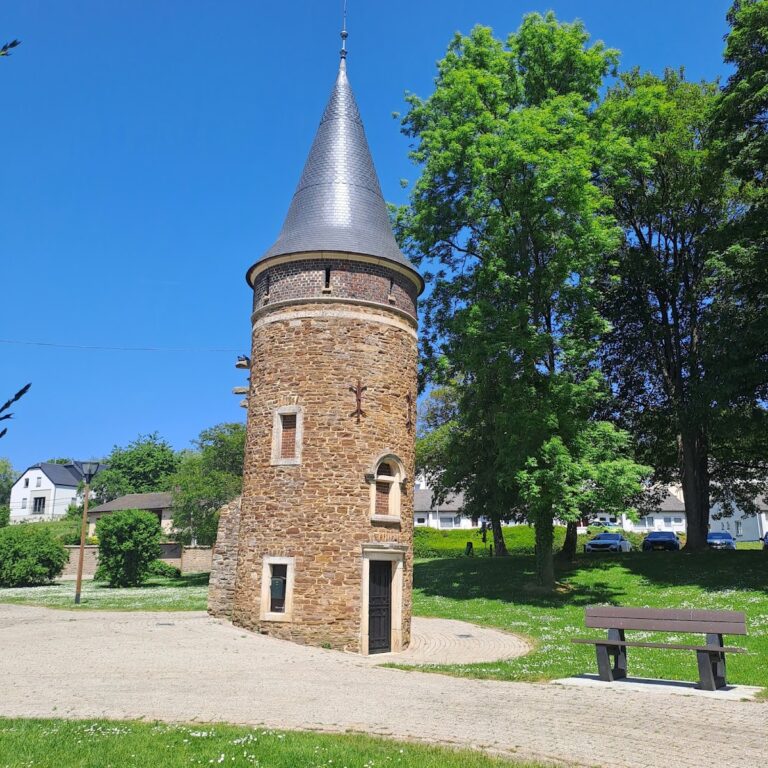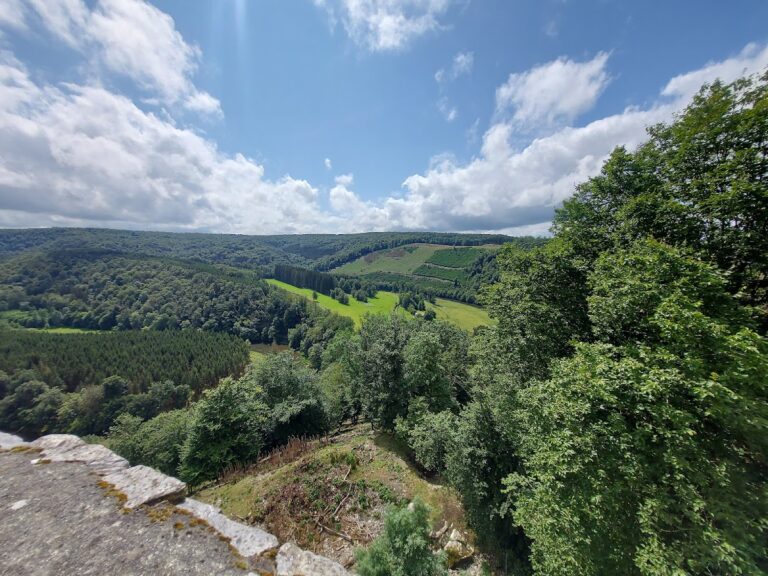Mageroy Gallo-Roman Villa: A Rural Estate in Belgium’s Luxembourg Province
Visitor Information
Google Rating: 4.3
Popularity: Low
Google Maps: View on Google Maps
Official Website: www.villamageroy.com
Country: Belgium
Civilization: Roman
Remains: Domestic
History
The Gallo-Roman villa of Mageroy is situated near Habay-la-Vieille in the province of Luxembourg, Belgium. It was established by Romanized inhabitants during the mid-1st century AD, reflecting the integration of local Gallic populations into Roman culture. The estate occupied a strategic location on the southern slope of a cuesta in the Gaume region, adjacent to the Rulles river, which marked a natural boundary with the Ardenne to the north.
From its foundation in the mid-1st century, the villa functioned as a rural estate for approximately three centuries. Initial construction focused on establishing a residential complex and agricultural facilities. In the early 2nd century, the main stone residence was erected, oriented southward, serving as the core of the estate’s domestic life. This period marked the villa’s consolidation as a significant rural property within the Roman provincial landscape.
During the mid-2nd century, the villa underwent substantial expansion and reorganization. The main residence was reoriented to face north, and a residential courtyard was added. Private bathing facilities equipped with a hypocaust heating system were introduced, indicating increased comfort and Roman lifestyle adoption. A large walled basin was also constructed, though its precise function remains unclear. These enhancements suggest the villa’s growing economic and social importance.
In the 3rd century, further development included additional rooms and possibly a bronzier’s workshop within the residential courtyard. The agricultural sector was expanded with annexes likely serving as stables, barns, and housing for farm workers. However, this century also brought instability. The villa suffered damage during Germanic incursions amid the late 3rd century crises. A hoard of 105 silver antoninianus coins concealed in the cellar attests to the owner’s efforts to safeguard wealth. After 262 AD, the villa was burned and abandoned.
Shortly after its destruction, the site was reoccupied by an organized group who fortified the ruins. They added latrines, a silo tower, and two grain dryers, indicating continued agricultural use and defensive concerns. Occupation persisted into the latter half of the 4th century, although no residential structures from this later phase have been identified. The villa’s final visible remains were removed in the 17th century when a lime kiln was constructed within the former main residence.
Remains
The villa’s archaeological footprint covers about three hectares within a rectangular enclosure approximately 200 meters by 145 meters. The estate was divided into two principal sectors: the pars urbana, containing the main residence and residential courtyard, and the pars rustica, comprising agricultural annexes, a large basin, and lime kilns. Foundations were raised up to 3.8 meters on marshy terrain through extensive sand importation to ensure stability.
The main residential building, dating from the early 2nd century, originally faced south and featured a central hall preceded by a columned gallery, flanked by two square rooms. Service wings included a kitchen, dining room, cellar, and private apartments. Mid-2nd century renovations reoriented the building northward and added a residential courtyard with an entrance porch. Private baths with a hypocaust heating system were incorporated during this expansion.
A large walled basin measuring nearly 900 square meters lies within the estate, though its exact purpose remains undetermined. The pars rustica contains four annex buildings likely used as stables, barns, and farm housing, alongside three lime kilns. One lime kiln was established in the 17th century within the ruins of the main residence, marking the final phase of structural reuse.
Exceptional preservation conditions due to clay and moisture have yielded well-preserved wooden artifacts, including oak shovels, pipes, furniture decorations, a writing tablet, and a straw sandal. Unique finds include a mercury-weighted bone die used for cheating in games and a polished stone adze predating Roman occupation. A hoard of 105 silver antoninianus coins was discovered hidden in a cellar, reflecting the villa’s turbulent history.
Following the villa’s destruction, later occupants fortified the site by adding latrines, a silo tower, and two grain dryers, indicating organized reuse of the ruins. Excavations led by ASBL ARC-HAB since 1984 have focused on the main residence, residential courtyard, and part of the basin, revealing these features in situ and contributing to understanding the villa’s complex history.


